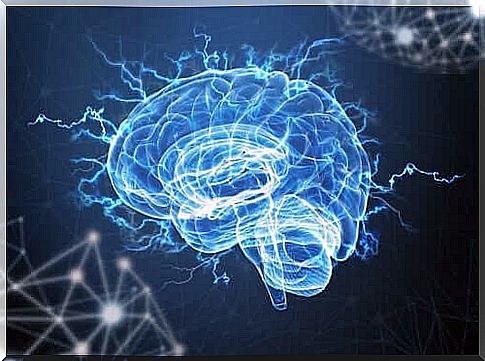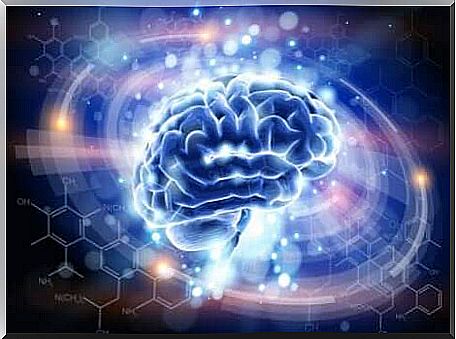Neuroplasticity And Post-traumatic Stress: Can The Brain Overcome Trauma?

Trauma is the cause of many emotional and mental problems. People often live their whole lives in the shadow of a traumatic experience. They may even pass it on to future generations through behaviors shaped by their post-traumatic stress disorder. Fortunately, however, there is hope for healing. In today’s article we will talk about the connection between neuroplasticity and post-traumatic stress.
The word “trauma” is not always well understood. Sometimes people minimize it. Other times, they overuse it. First and foremost, post-traumatic stress disorder is precisely what often helps to identify trauma. Secondly, it does not always happen because of what society considers to be extreme and destructive experiences.
What makes something traumatic is how it affects an individual, and especially the poor adaptation effects it has on their lives. Sometimes trauma is the result of a painful event, such as the tragic death of a loved one. But trauma can also be due to situations that do not seem so serious to an outsider. For example, it can be traumatic to see your mother kiss a man who is not your father, especially if it happens when you are a small child.

Trauma
Thus, it is apparently the seriousness or nature of an event that does not define trauma. Instead, it is the emotional impact it has on an individual. Sometimes a particular event triggers trauma. However, it can also occur as a consequence of a series of related events.
The bottom line is that traumatic circumstances cause an emotional shock. The person affected by trauma does not have the cognitive or emotional tools to understand and treat the situation. It is completely disturbing.
The reason this happens is that traumatic situations are surprising. The nervous system is not prepared to deal with these events. Therefore, it fails to respond in an organized and coherent way to them.
Posttraumatic stress disorder
All traumas cause a phenomenon called post-traumatic stress disorder. The manifestations and intensity of this disorder depend on the severity of the experience, the person’s mental state when the event occurs, the context in which it takes place and its recurrence.
The typical consequences of post-traumatic stress disorder manifest themselves in four ways:
- Reminiscent of the traumatic event. Repeated memories of the event, nightmares, prejudices and feelings of unrest when something reminds the person of the event.
- Avoidance. Avoid the topic and anything that may be related to the event.
- Changes in mental state. Forget or suppress all or part of what happened, disconnect from reality, apathy, pessimism and inability to experience positive emotions.
- Anxiety and reactivity. Insomnia, difficulty controlling anger, difficulty concentrating, nervousness, constant fear and hyperactivity.
Neuroplasticity and post-traumatic stress disorder
Trauma does not only affect your mental health. It also triggers a kind of reset or recalibration of your nervous system. The brain of a traumatized person changes. Their alarm system turns on and remains in the hyperalarm state until they address it directly. In some cases, it never shuts down.
Therefore, post-traumatic stress leaves its mark on the brain. Advances in neuroscience have shown that the brain has incredible plasticity. In other words, it changes in response to specific stimuli. Experts in the field believe that other experiences can help the brain return to its normal state just as trauma changes it.
Therefore, neuroplasticity is the brain’s ability to change in response to the experience. Today, several therapies focus on overcoming post-traumatic stress disorder with interventions designed to alter the central nervous system.

Neuroplasticity and post-traumatic stress disorder: therapies
One of the most important experts on this subject is the Dutch trauma researcher Bessel van der Kolk. He believes that yoga, drama therapy, neurofeedback therapy, experiential psychodrama and therapeutic massage can help people overcome post-traumatic stress disorder.
Another expert in the field, clinical psychologist and trauma expert Alain Brunet, advocates a four-part treatment for post-traumatic stress. The first step is to remember the event (often with simultaneous sedation). Then the patient must write about it and read what they wrote aloud. The patient should do this once a week for five weeks.
Although you may find it hard to believe, many traumatized people are not even aware of their traumas, or they simply do not want to know about it because it still overwhelms them. The only reason others know they are suffering is due to the manifestations of post-traumatic stress disorder.
Now we know that people do not just have to learn to live with these experiences for the rest of their lives. Neuroscience has given people a way out of this dark maze.









